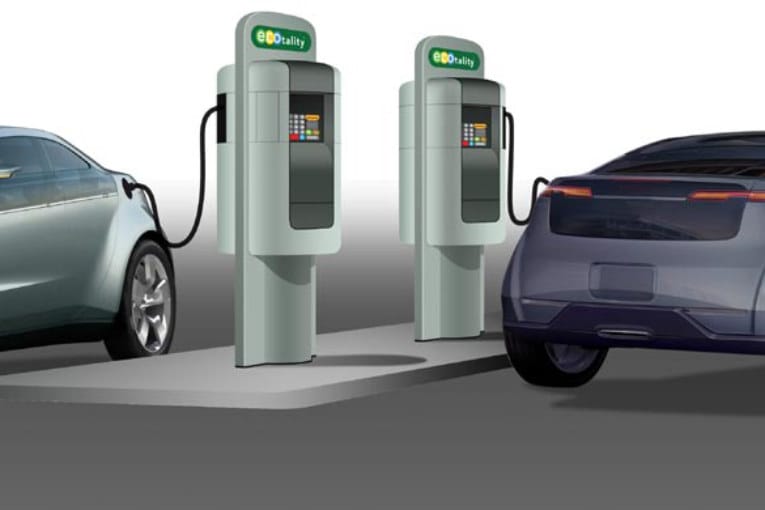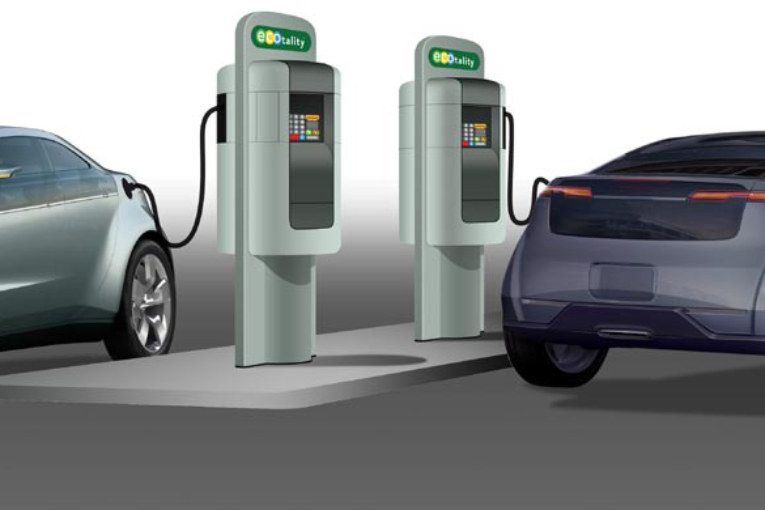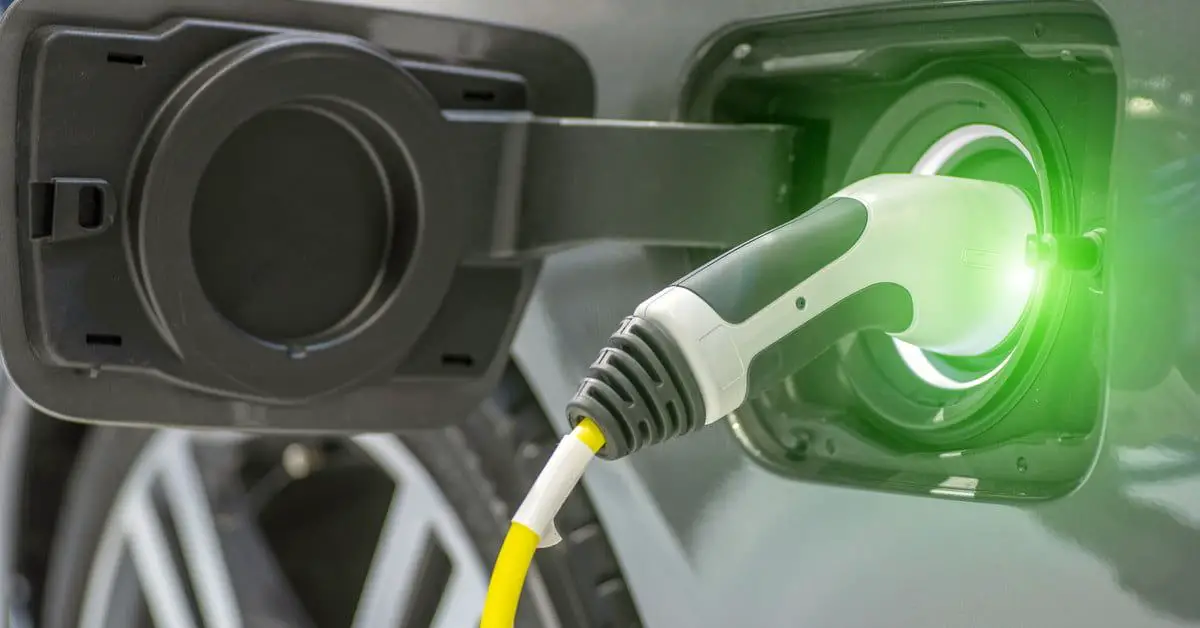The EV business and profitability
Electric vehicle sales are making a turnover in the global market. Last year was a game-changer for the EV world, despite the pandemic close to 3.2 million EVs were sold worldwide it represents just 40% growth for over a year and 4.2 percent of all vehicles, both the ICEs and EVs.


Electric vehicle sales are making a turnover in the global market. Last year was a game-changer for the EV world, despite the pandemic close to 3.2 million EVs were sold worldwide it represents just 40% growth for over a year and 4.2 percent of all vehicles, both the ICEs and EVs according to EV global analysis.
China and Europe drove the trend, accounting for approximately 85 percent of all EV purchases combined. By 2025, projected global sales of electric vehicles are expected to quadruple, reaching almost 15 million units.
The rise of electric vehicles is attributed to several factors such as:
i) Many governments working towards eliminating ICEs due to global pollution.
ii) Customer acceptance of electric vehicles because of improved EV range, several EV models, lower battery costs among many reasons.
iii) Major auto manufacturers are committing to EV development and production such as Volvo, Honda, GM, and Mercedes have already been targets of switching to electric between 2030-2040.
The battery holds the largest factor and influences the price difference. As industry battery prices decline, perhaps five to seven years from now, the economics of EVs should shift from red to green. Current thinking holds that the industry will continue to produce EVs and that the industry will, in the meantime, absorb the losses.
There are several ways one can make profit such as charging. We will highlight how you can make profit by having a charge station the obvious one being drivers paying for charging directly to the station, but we have other potential ones that can be used to generate income which can be direct or indirect.
Direct sources of value from EV charging business:
- Subscriptions from vehicle owners
- Per-charge fees
- Energy use fees
Additional, indirect sources of value that EV charging business models may generate:
- Increased sales of products or services near EV charging stations
- Increased tourism from electric vehicle travel to popular destinations
- Advertising sales at EV charging station sites
- Marketing and branding opportunities
- Increased electric car sales
Another potential, market-specific values from:
- Grants and low-interest loans
- Tax exemptions and incentives
- Construction-related incentives from EV-ready buildings
- Carbon credits and other environmental and emissions-related incentive

Ways to commercialize EV chargers
1) Attract a unique customer
Electric vehicle owners are trailblazers. They like the latest tech, and they want it first. More often than not, this means they have disposable income. Some of this cash could surely come your way?
This unique customer will:
- Usually have a higher than average income.
- Likely be loyal when they are getting what they want.
- Have associates who move in similar circles with comparable disposable incomes, more customers for you.
2) Boost your in-store sales
If a customer is gainfully charging outside your business, then there is clear potential to relieve them of some dollars.
- Customers spend an average of $1 for every minute spent in-store.
- One major retailer reported that customers who are “killing time” waiting for a charge to complete, spend up to 3 times more than average.
- You could boost sales by creating incentives - make a specific purchase and gain access to the chargers.
- How about encouraging a community of local EV enthusiasts to assemble at your business?
3) Get yourself on a new map
There’s an app for everything these days, electric vehicle charger points are no exception. EV owners always have a concerned eye on their battery percentage level. While range anxiety isn’t yet in the New England Journal of Medicine, it’s a real thing for EV drivers who can’t just pop into a gas station. They are careful planners and like to know in advance where they can top up their batteries.
Aside from a potential Google Maps listing, apps such as PlugShare, Open Charge, and Charge Hub could list your location along a travel route.
Listing on EV apps and websites could have a secondary benefit as it will increase your web presence. Google likes popular websites, and your ranking could well grow organically.
4) Give your brand a polish
Adding EV charging points at your business says a lot about you. More than just the obvious “you can charge your electric car here”, it could show that:
- You care about the environment and local air quality. Customers love that, even those who drive gas guzzlers.
- You are up to date with the latest technologies. If you have EV chargers, your website is probably super cool. If it’s not, they might still check - potential customer!
- You appreciate that the needs of the world and your customers are ever-changing.
5) Sell the juice for a markup?
You’re not likely to make much money here, but you could consider charging users for the electricity they consume.
- If local supply is limited, you may be able to introduce a new revenue stream.
- You could offer a loyalty scheme. The more and how often they charge, the rate could improve?
- Or, you could imaginatively link charger usage with favorable pricing in your business.

Four Strategies – Four Business Models
As the EV ecosystem evolves, many different business models in the original equipment manufacturing (OEM) space. The EV OEMs can be divided into four types:
- Traditional OEM players ramping up EVs (e.g., BMW, GM, Ford, Toyota, Volvo, VW, etc.)
- EV-only OEMs (e.g., Tesla, NIO, BYD)
- New/Start-up “challenger” OEMs (e.g., Lordstown, Rivian)
- Asset-light and Mobility as a Service, or “MaaS” providers (e.g., Uber, Waymo, Fisker)
Each has its primary strategy and associated business model responsible to capture a targeted portion of the emerging market with specific value propositions. Tesla, the early-to-market trendsetter, is focused on continuing its R&D to improve battery performance and building plants to continue to capture market share. Traditional players like GM and VW want to leverage their existing scale and automotive manufacturing assets to bring down costs and gain market share by appealing to a broader consumer base.
No matter the focus one thing all these OEMs have in common is the struggle to make a profit. Many are weighing the pros and cons of vertical integration as a strategy to control costs, increase potential margins and reduce supply risk. Approaches differ: Several global OEMs have announced the intent to control or invest in battery production (VW, GM, BMW); Toyota is outsourcing battery production and insourcing other components, like drivetrains; Tesla is fully vertically integrated; while Ford remains highly outsourced at the moment.
Source:
i) ENSTO (2019) How can you profit from the EV charging business?
ii) Neal. G and Todd. E (2021) The EV Drive to Profitability: Unearthing Value in an Overcharged Market
iii) Energy select (2021) 5 Ways to Profit from Commercial Car Chargers




